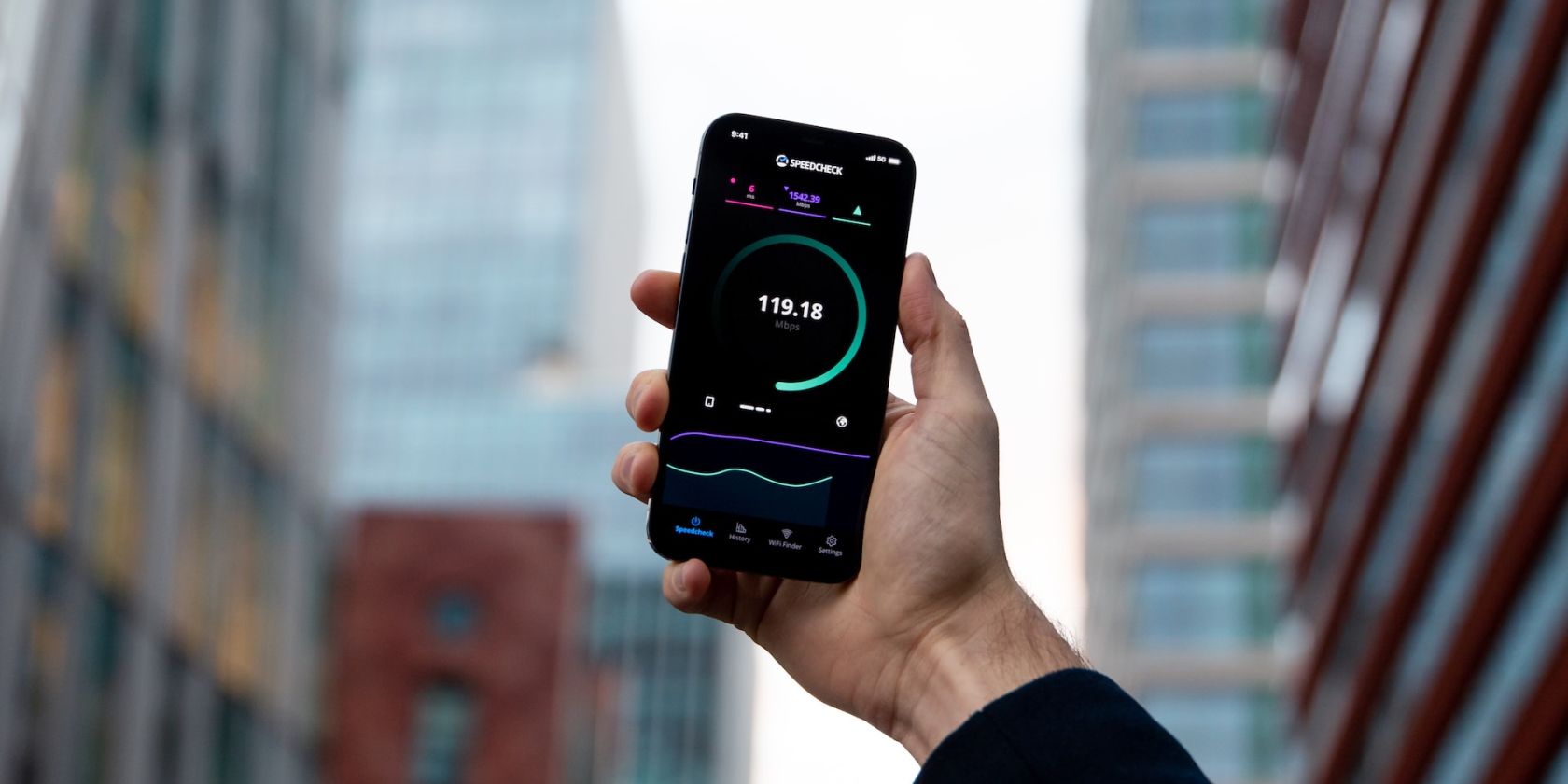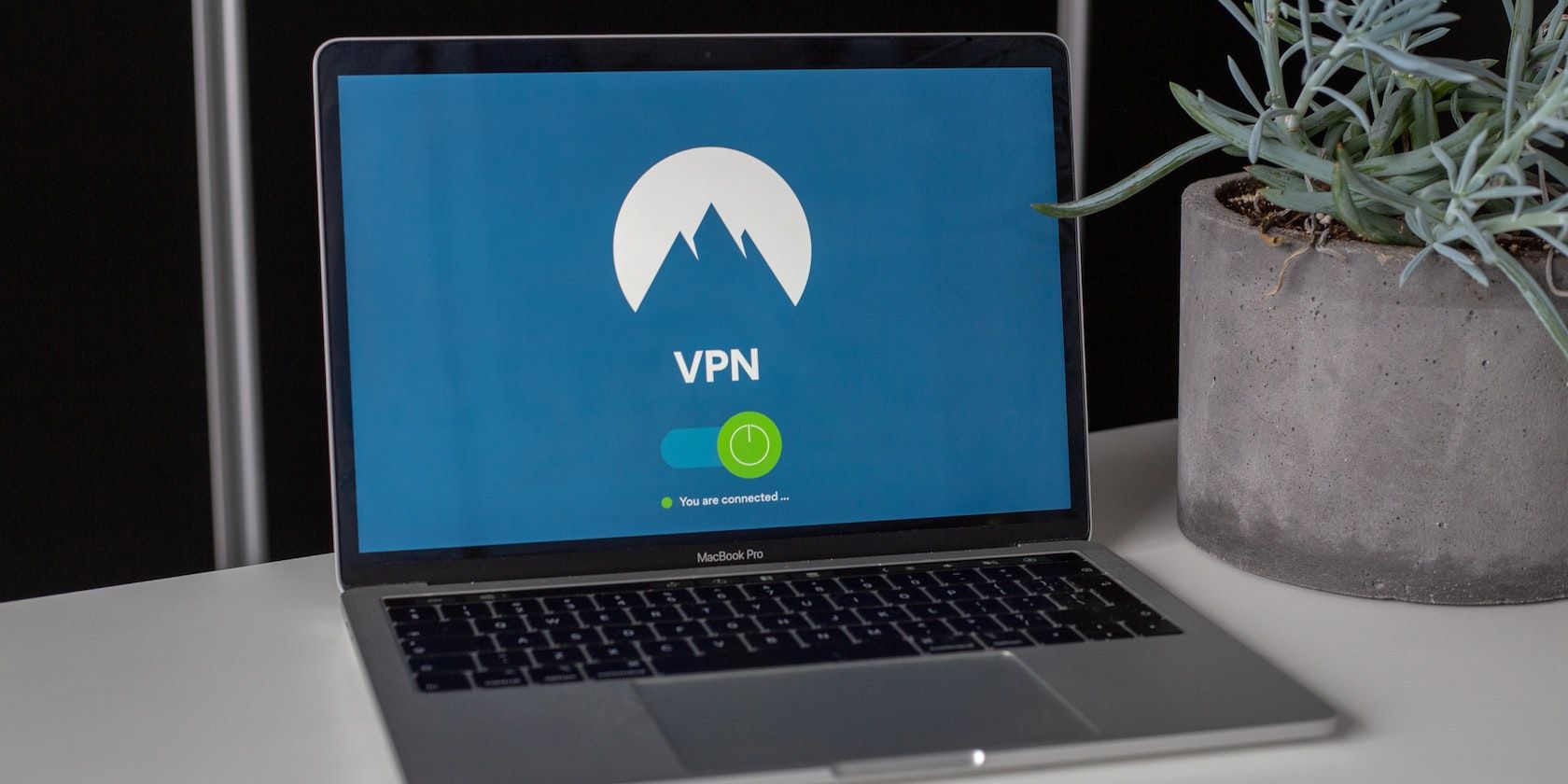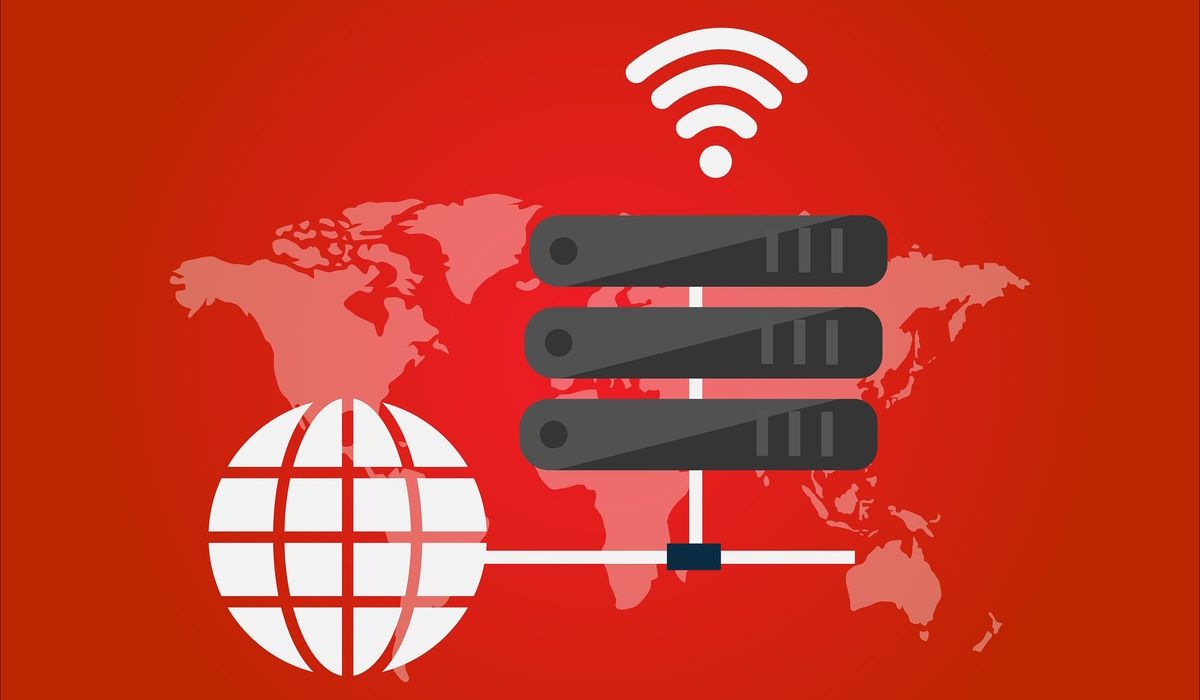We rely on the internet for our day-to-day activities, and any compromising or limiting factor on internet speed or bandwidth becomes a headache. This limitation is often due to network throttling and network prioritization.
What do these two terminologies mean, and how are they different?
What Is Network Throttling?
Network throttling occurs when your local network administrator or internet service provider (ISP) limits your internet speed to enforce data usage policies or manage network congestion.
Within a local area network (LAN), simultaneously connecting several devices may strain the bandwidth, cause congestion, reduce internet speed, or crash the internet server.
You may commonly observe this in crowded areas with public Wi-Fi networks, like schools, hotels, and airports. So, a server administrator may trigger network throttling in those spaces to give everyone an equal chance of access to the network, rather than some select few getting full access while others get nothing.
ISPs may throttle your network speed if there is a strain on their network due to traffic congestion, high user activity during peak hours, or torrenting. Furthermore, they may also throttle your bandwidth if you are near your monthly data cap.
How to Bypass Network Throttling
You can determine if you are experiencing network throttling if you notice a significant drop in browsing, upload, and download speeds or if there is incessant buffering in music or video streaming or high latency in online gaming.
Better still, you can run an internet speed test using any popular speed testing websites with and without a VPN, comparing the results you get. If you get slower (upload and download) speeds without a VPN, that is a sign that your bandwidth is throttled.
To bypass throttling, you can use a VPN, as it encrypts your online activity and keeps it from the monitoring eyes of your ISP. Alternatively, use a proxy server to hide your IP address and the websites you browse from your ISP.
Consider upgrading your existing plan with more data to get faster internet bandwidth or monitor how much data you use within a month, so you can plan how to use it judiciously. Change to a more favorable ISP if any of that does not work for you.
What Is Network Prioritization?
Network prioritization is when an ISP assigns different levels of importance to different types of traffic using different techniques. Quality of Service (QoS) is one common technique used in prioritization where important traffic, such as real-time activity like voice or video calls, gets more priority over lesser essential traffic like emails and heavy downloads.
So, important traffic such as online gaming, video, and voice calls work smoothly and fast during peak internet traffic or congestion.
Some routers (TP-Link, Netgear, etc.) feature Quality of Service in their settings menu. You can manually set priority levels (bandwidths) to the specific types of traffic or set priority levels to the different devices connected to your router. Doing so will ensure that the most important things like video calls, online games, and video streaming get the most bandwidth over less important ones like sending emails, downloading files, and web browsing.
There is also paid prioritization, a rather controversial practice, where ISPs charge content providers for faster content delivery to their customers. ISPs do this by asking content providers to pay for “fast lanes” as an upgrade to “slow lanes.” So the customers of a content provider who pays for fast lane services will have their traffic given higher priority over other traffic on the network. This would translate to faster load time, smoother streaming, and better service performance of their content.
How to Bypass Network Prioritization
A straightforward way to determine if your ISP is prioritizing your network is to run a speed test. If certain websites or apps run faster than others while using the same network, your suspicion may be right. Likewise, try any network monitoring tool to track your internet connection quality and speed over time. A significant disparity in connection speed between websites and apps points to prioritization.
Port to another ISP, or file a complaint with your country’s communication commission if you are not okay with your ISP using network prioritization.
Network Throttling and Network Prioritization Are Different
Network administrators and ISPs use different strategies to manage traffic flow on their network, either by throttling or prioritization.
However, they work differently. Network throttling slows down the upload and download speeds you can get within a period. Conversely, network prioritization assigns different levels of importance to certain types of traffic over others.




